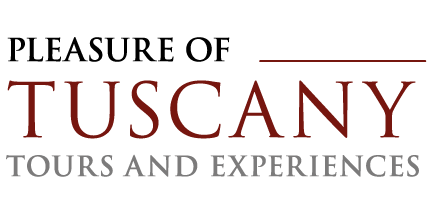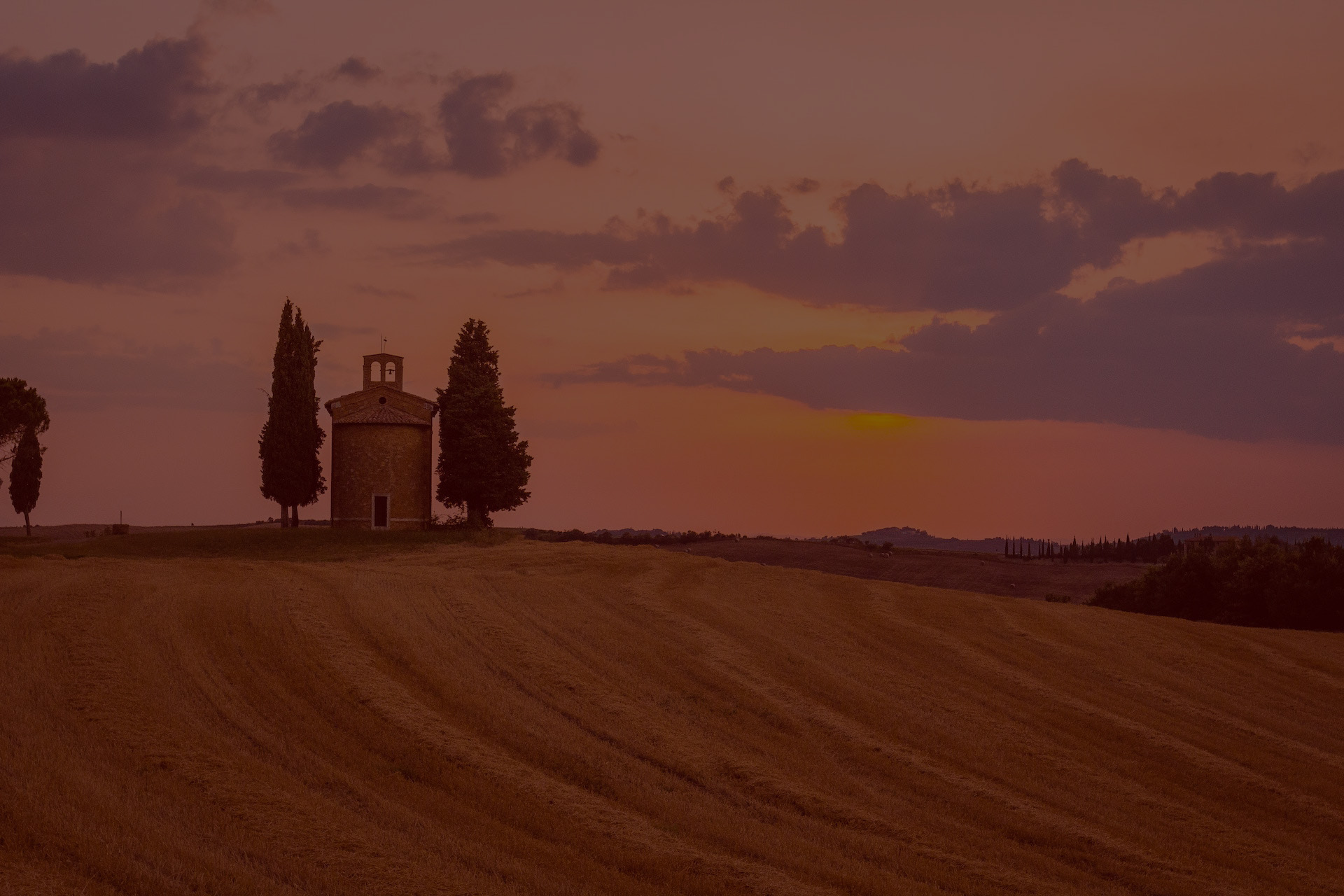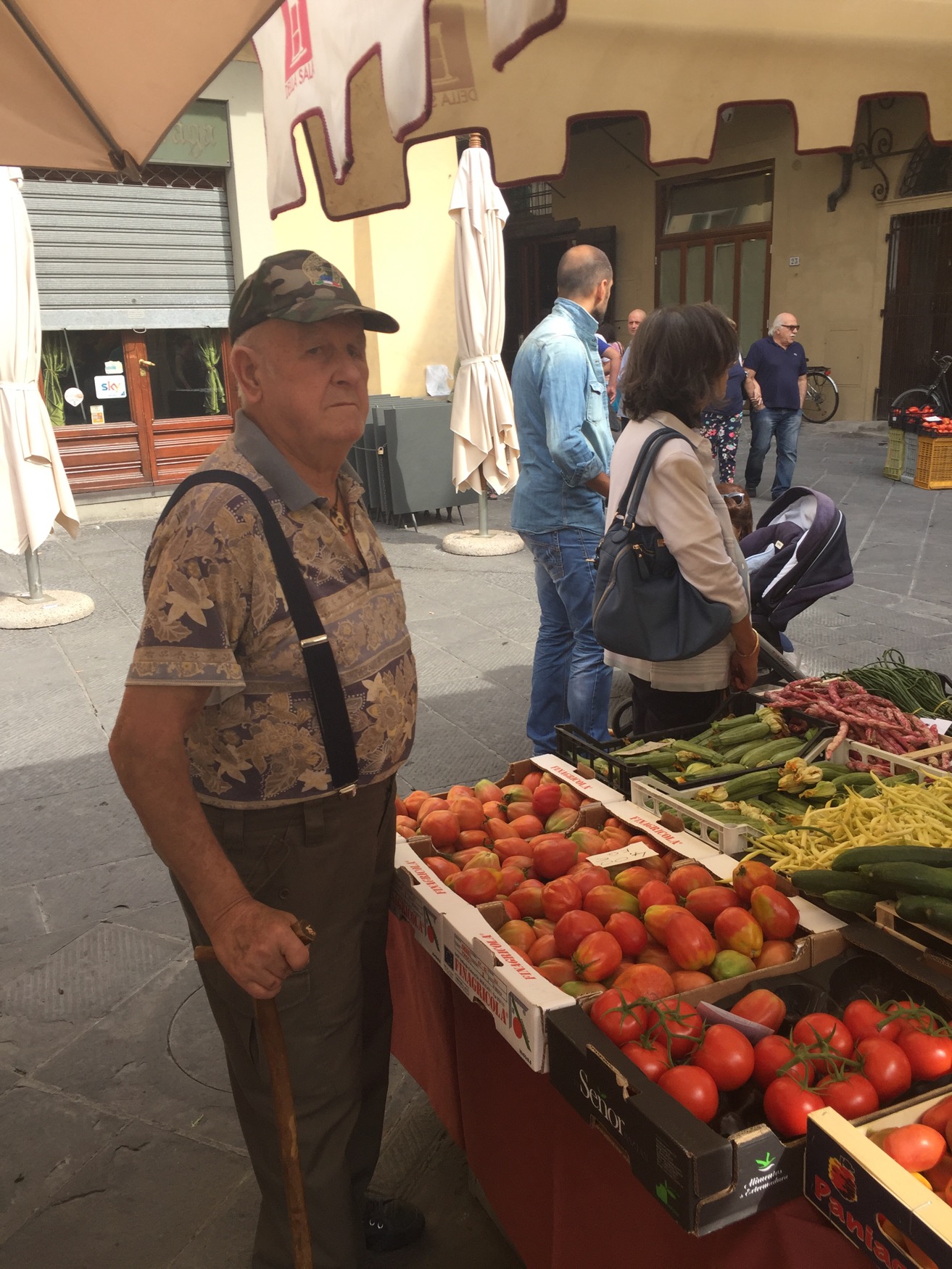Pistoia : a medieval,hidden gem,in Tuscany
Cannot find better words to describe my town , Pistoia , than those used by the American journalist , Barbara Jones , that I had the pleasure to meet in 2008 .
She wrote for the Los Angeles Daily News and in her article she describes so well the city and its beauties that she really loved so much.
Enjoy the article as an objective presentation of my beloved birthplace!
“With its rich heritage, Pistoia is a Tuscan gem”
Stories by Barbara Jones
Staff Writer
PISTOIA, Italy – A visit to the lively Wednesday market in the heart of this beautiful Tuscan city is like a trip back in time – the colors, smells and tastes evoking images from Pistoia’s 2,000-year history.
It’s not simply that the marketplace is held in the shadows of the great medieval buildings still used for their original purposes. Or that the produce comes from nearby orchards and farms cultivated by families for generations.
It’s the city’s pride in its traditions, its appreciation of artistry and architecture, and its resolve to preserve its cultural roots.
“Pistoia is one of the few towns in Tuscany that still belongs to the past,” said Cristina Taddei, a local archaeologist and expert on the history of Pistoia.
Tucked between Pisa and Florence, Pistoia was founded as an outpost for marauding Roman soldiers in the second century B.C. By the eighth century, Pistoia was a city encircled by walls – great stone quadrangles that were destroyed and rebuilt twice more over the next 600 years as rival factions fought for control of the rich agricultural region.
Remnants of the walls still exist near the Piazza del Duomo, the cathedral square where shoppers flock every Wednesday and Saturday for an open-air market that dates back centuries.
After shopping at the combination swap meet and farmers market, it’s an easy decision to stop at one of the trattorias on the square for a leisurely lunch of ravioli or risottino and a glass of local wine.
The piazza itself is an architectural, historic and artistic wonder, with museums and permanent exhibitions housed in well-preserved and meticulously restored buildings.
Anchoring the piazza are the Cathedral of San Zeno and the medieval bell tower that soars more than 200 feet overhead. Both they and the nearby Baptistry are adorned with exquisite Carrara and serpentine marble in a simple white-and-green pattern, a dichromatic combination crafted in more complex designs on medieval churches throughout the city.
Visitors to the nearby Palazzo Pretorio, where justice is still administered more than 600 years after the building was completed, can view magnificent frescos covering the vaulted ceilings of the courtyard.
Across the square, the coat of arms of the powerful Medici family and the insignia of Pope Leo X adorn the 14th-century Palazzo del Comune, the town hall where the Pistoia City Council still works. The town hall is also home to the Civic Museum – one of more than a dozen museums in Pistoia – featuring paintings and exhibits dating from the Middle Ages.
Another not-to-be-missed museum is located under the Bishops’ Palace, where an impressive array of artifacts dating from the Etruscan period are on display. The relics were unearthed in the 1970s during a restoration of the building, and some of the excavation sites are now part of the exhibit.
And back at the Cathedral Museum, visitors can gaze at the silver altar dedicated to St. James, as well as the terra-cotta interiors by 15th-century artist Andrea della Robbia. His paneled frieze depicting the seven Corporal Works of Mercy decorates the medieval Ceppo Hospital nearby.
Although it’s steeped in history, Pistoia is definitely a 21st-century city.
Shops carrying the latest fashions operate next door to traditional “bars,” where customers sip their midmorning cappuccinos while standing at the counter.
Supermarkets and food co-ops feature a dizzying array of meats, fish and produce, with a fresh flavor that can’t compare with anything grown in the U.S. Most of the markets also have installed a neat gizmo that forces customers to pay one euro for a shopping cart, then refunds the deposit when the buggy is returned.
The Pistoia Blues Festival, a three-day event held each July, draws fans from around Italy and the rest of Europe to hear big names, including Bob Dylan, Santana and Jethro Tull.
The region features golf courses and tennis courts, mountain biking and horseback riding and, in the winter, skiing in the nearby Apennine Mountains.
Then there’s the newly opened Marino Marini Museum that is dedicated to the works of the contemporary artist born in Pistoia in 1901.
Under soaring ceilings of glass and metal, the austerely beautiful museum showcases hundreds of sculptures and paintings by the expressionist artist – the figures of horses and riders and the psychological portraits that so fascinated him.
For the residents of Pistoia, the city’s history and culture are a source of pride they want to share with the world.
“It is a hidden medieval jewel in Tuscany,” said Raffaello Silvestrini, a local businessman whose family has long held a position of prominence in Pistoia. “But it is too squeezed among Florence, Pisa and Lucca, and not so known as it really deserves.”





